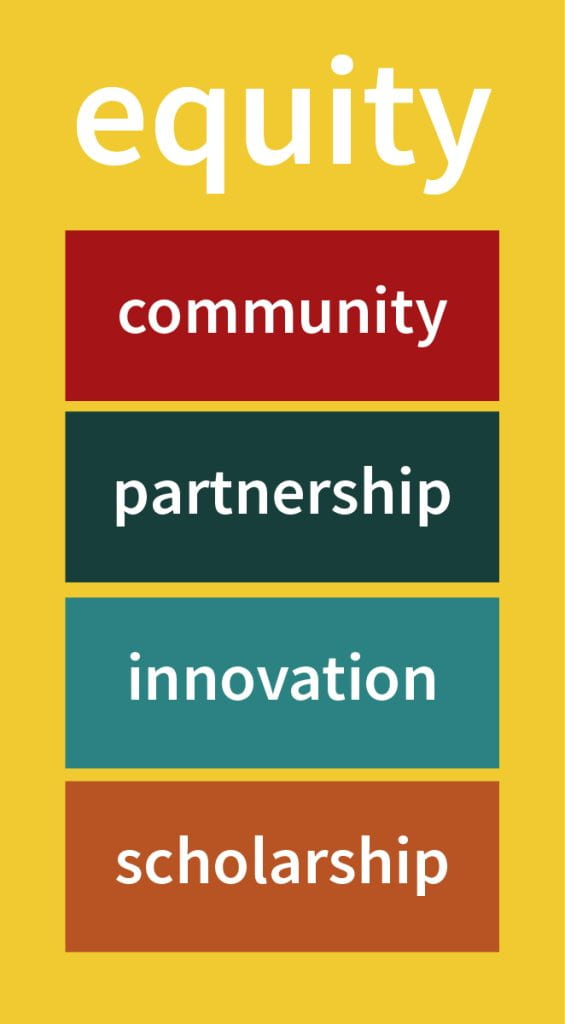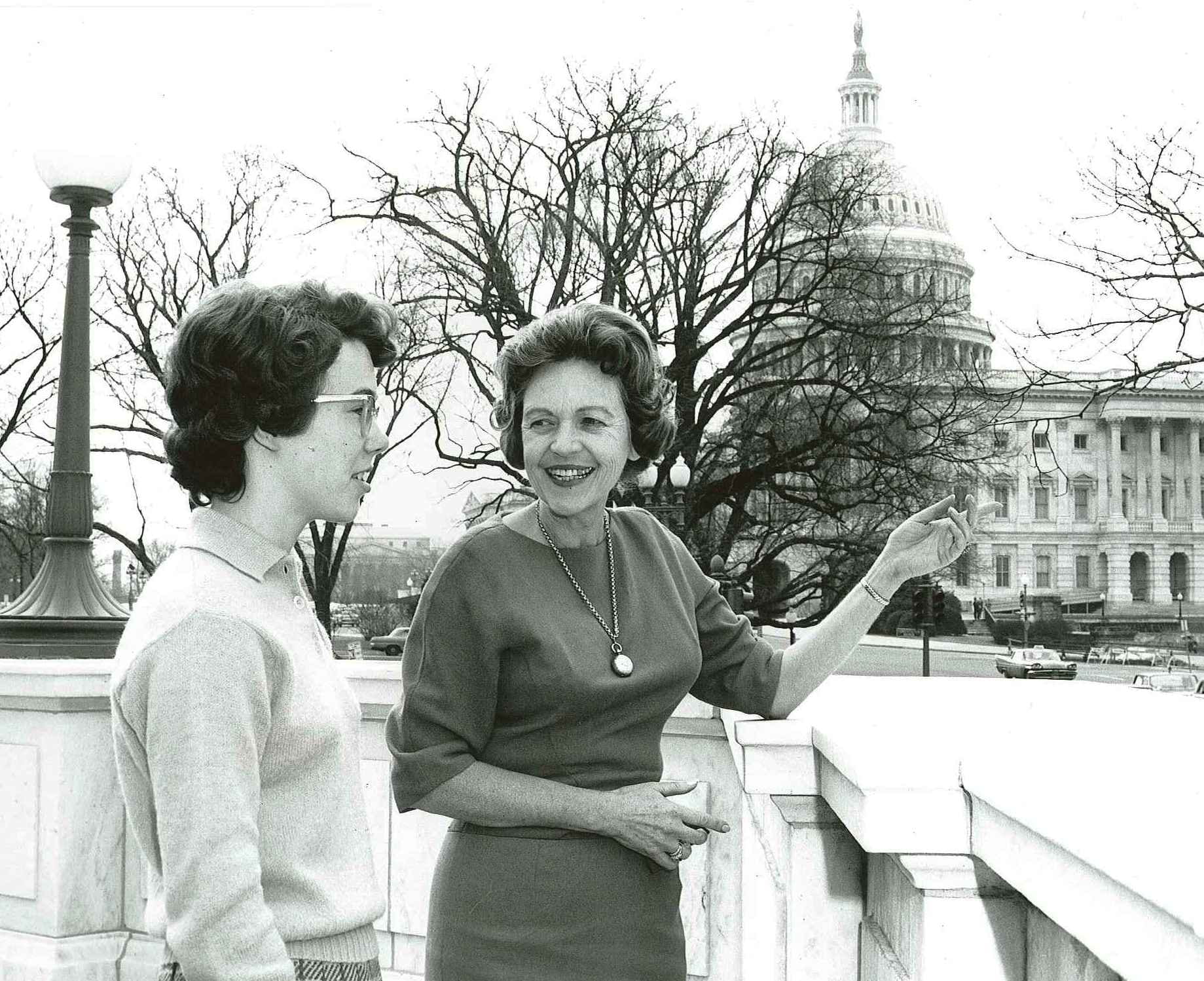Achieving equity in K-12 education is a pressing and complex social challenge. Ensuring all children participate in high-quality educational programs is the key to expanding economic opportunity for our kids and growth in our community.
Facing this challenge is why the Institute for School Partnership exists. Through its partnerships with local schools and its work to bridge research and practice, the ISP is closing the education gap for tens of thousands of students in under-resourced schools.
Our work has impact! Our efforts are working, boosting math and science learning, raising standardized test scores, showing marked growth in teachers’ confidence in teaching STEM, and showing marked growth in students’ self-confidence and development of career goals.
Our human-centered approach to school transformation addresses these three key interconnected strategies
- Establish research-practice partnerships to transform schools
- Invest in people by developing professional capacity of educators: district and building leaders, instructional coaches and teachers
- Develop and support implementation of ambitious STEM instructional materials and pedagogies to support equitable classrooms and learning experiences for students
The ISP partnership approach
At the Institute for School Partnership we believe existing challenges are extraordinary and unique to each situation and location. Meeting them can’t be achieved without purposeful cooperation with those in the community who are doing the daily work of educating children. That is why our methodology is based on partnership with local schools and districts.

core values

Our educational partners were asked to describe the ISP in one sentence – here are a few:
- This is a great partnership and connection between a scientific based, research university and the local schools around it.
- I am impressed by the respectful spirit of partnership the ISP demonstrates to schools and teachers.
- The most professional group of people who provide quality information.
- WashU ISP has introduced me to tools, ideas and theories that I was not aware of and has made me want to be a better leader.
Each academic year
- Over 3850 area educators participate in ISP programs
- ISP programs serve more than 50 regional school districts and 60 independent schools
- More than 189,000 PreK-12 students are impacted by ISP programs
- We deliver over 13,000 mySci kits to 245 schools across the region
- We receive over 20,000 website hits to instructional materials from all 50 states and internationally
History of the ISP

The ISP was born in the late 1980s of a partnership initiated by WashU biology professor Sarah “Sally” Elgin with her children’s University City School District. The program brought university science faculty into the schools to provide students with interactive environmental science and genetics projects.
In 1990, Elgin expanded this initial partnership and founded Science Outreach, the forerunner to the Institute for School Partnership.
Thanks to the efforts of Elgin and her colleagues, the program has flourished, becoming one of the nation’s largest initiatives to improve the quality of science and math education in the public schools. ISP’s programs reach more than 2,500 teachers, 400 administrators and 100,000 students each year
For nearly 30 years now, Washington University, through Science Outreach and now the ISP, has transformed the science experience for many students with novel hands-on science curriculum.

Lessons learned in a life of science
Sally Elgin, who came of age as a scientist in the 1950s and ’60s, was thrown out of several classes for asking too many questions.